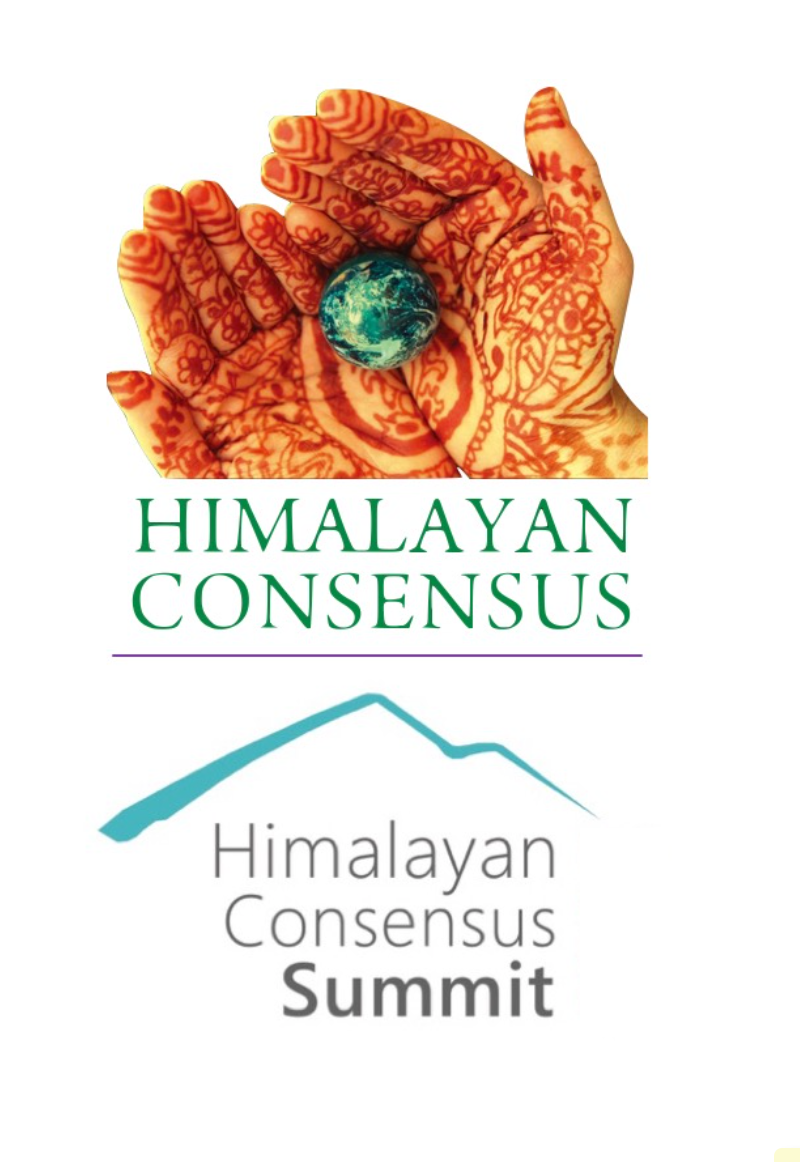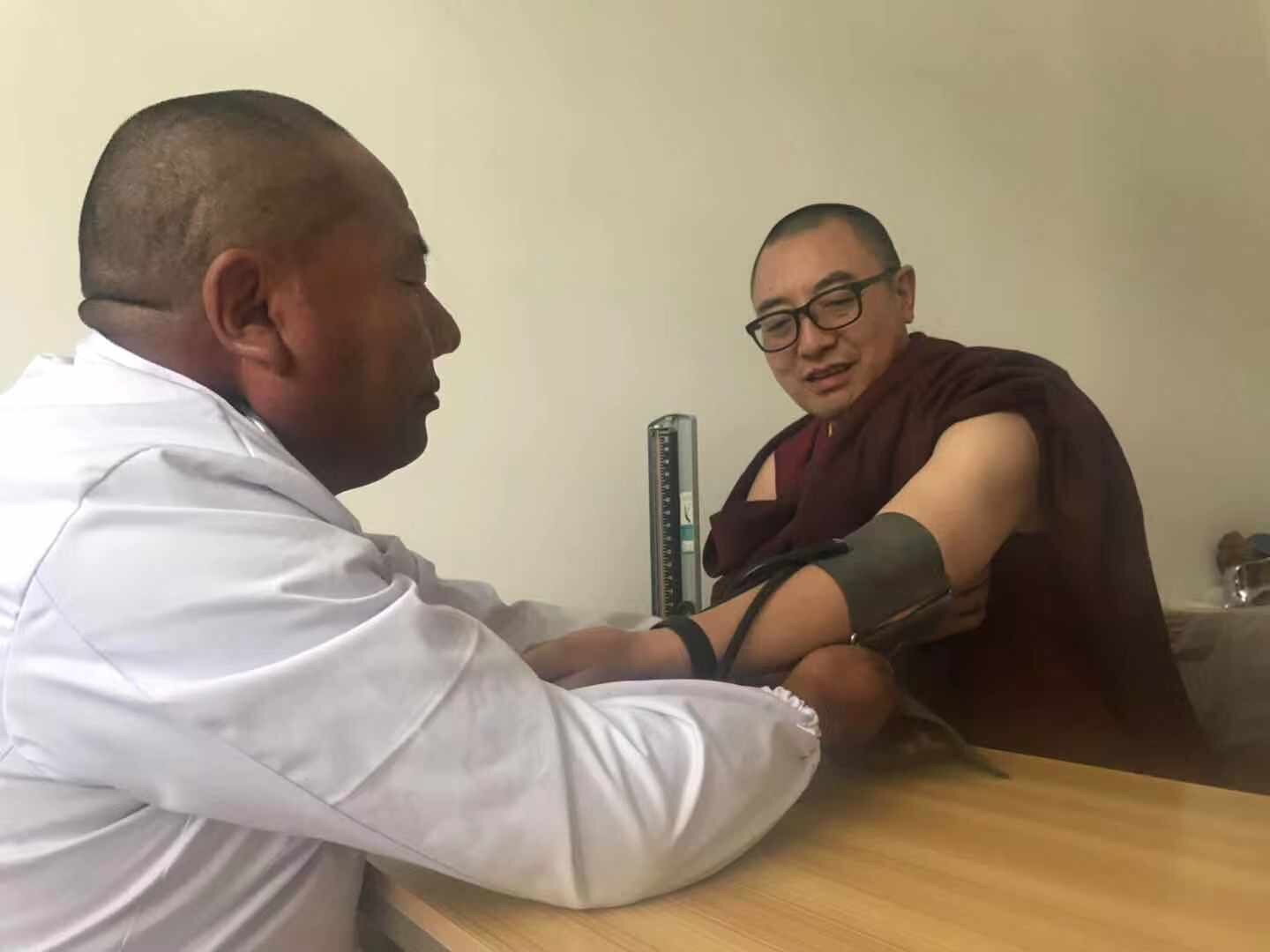DAMKAR MONASTERY MEDICAL CLINIC ESTABLISHMENT
“EMPOWER THE NUNS AS PARAMEDICS”
2020 Community Empowerment Project
In 2020 Himalayan Consensus opened its second clinic in Qinghai Province at Damkar Monastery. Empowering nuns as paramedics under supervision of a full time Tibetan doctor who is also a monk, the clinic reaches a wide population and offers gender focused medical services in an area that otherwise does not have such access.
The Damkar Monastery is located 3,600 meters above sea level in an extremely isolated location in Qinghai Province, outside Yushu. There are over 200 monks and 300 nuns in residence. The monastery provides a sky burial site for the local population that is spread over a vast area. Regularly at ceremonies, some 10,000 local residents come to the monastery to participate, indicating the size and scale of the residential community around the monastery.
Damkar Monastery has probably the finest Buddhist studies and research institute for the Kama Kadgyu sect of Tibetan Buddhism. They have the leading Buddhist debating college. They also support extensive cultural sustainable development including mural painting, statuary and the printing of Sutra or religious Buddhist scriptures. They are a fine example of protecting cultural sustainable development.
There are approximately 400,000 people living in the vicinity, whom are mostly nomads belonging to the Kham dialect sub-ethnic group of Tibetans. The main source of income in the area comes from subsistence yak herding and the trading of yak by-products such as milk and cheese, except when harvesting annual grass worms or cordeceps.
In summer people live in yak hair woven tents. There are some Chinese made canvass tents left over from the 2010 earthquake relief. However, the traditional yak hair woven tent is the main form of housing. In winter months when the area is stricken by bitter winds given lack of tree cover and heavy snow, people live in small cement dwellings that are clustered as villages.
Historically in 2009 with support from the Irish Embassy in Beijing, Himalayan Consensus had opened a medical clinic at the old monastery. During the 2010 earthquake the entire clinic was destroyed together with large parts of the original 800 year-old Damkar Monastery and destroyed the Buddhist studies institute. Local government has helped build a new monastery building, leaving the ancient building abandoned.
When the government planned to rebuild the Damkar Monastery on a new location, Demo Chugi Rinpoche requested that the government also provide the facility of a medical clinic. However, given the nature of budget allocations, the government provided funds and oversight to construct the clinic building only. They have provided nothing in the way of facilities, know-how, or doctors to actually open and run a clinic.
Consequently Demo Chugi Rinpoche especially requested the Himalayan Consensus Institute to turn-key a medical facility for the monastery. This required several stages involving:
- Provision of cabinets, beds, chairs with intravenous attachment racks, Tibetan medicinal cabinets and storage facilities and the core instruments required for clinical operation as the basic facilities required for a clinic to operate;
- Medicines (both western and Tibetan) to allow operation of a pharmaceutical dispensary for patients visiting the clinic as there will be both the provision of western and Tibetan traditional medicine at the clinic facility;
- A trained doctor who could both oversee and manage the clinic as well as train paramedics (to commence work after the Tibetan New Year 2019).
The profound influence of the monastery and nunnery in connection with the nomadic population presents an area of elasticity where government support has not been available to alleviate the medical distress. Due to the site’s remoteness, medical services remain a vacuum where government policy does not reach. There are acute problems in the area of tumors, pulmonary disorder due to altitude stress, osteoporosis, and tuberculosis. Issues of child care and gender health are of concern due to social factors and taboos that often cause neglect.
There has been an acute need for medical facilities given the role of a monastery as community services center for the nomadic families of the region. Many nomads will not trust doctors in hospitals and have greater trust in monks and nuns.
Traditionally women are required to give birth in the Yak Shelter. No one outside the immediate family is allowed to help the birth. This limits women’s accessibility to equal medical treatment. But the nuns are accepted to support the birth because of their perceived purity.
It has been Demo Chugi Rinpoche’s vision to have a specialized medical clinic located in the nunnery to offer gender-equality treatment. With the support of New Zealand Embassy in China, this vision has become into reality.
Given the topography and altitude, accessibility to implement programs are restricted to the period of late spring to early fall. Winter is extremely cold and even local people tend to hibernate and not travel outside. Following construction completion in autumn 2016, the physical building needed for the clinic was in place.
However, there was an acute need for additional funding necessary for the establishment of the clinical operations that would include: equipment, medicine and capacity building training, which was not provided by the government. Demo Chugi Rinpoche specifically requested support from Himalayan Consensus Institute given its reputation in opening previous clinics in the region. In turn, Himalayan Consensus Institute sought the support of the New Zealand Embassy in Beijing given their previous record of working together successfully one earlier projects of a similar nature. In 2020 the clinic was formally opened with full Tibetan medicinal pharmacy and western medical treatment rooms. A full time doctor who is a monk and several nuns who became nurses opened the clinic.










